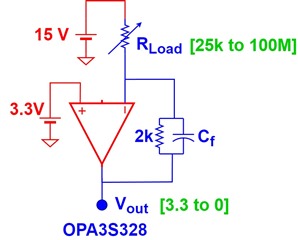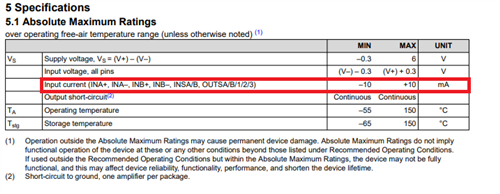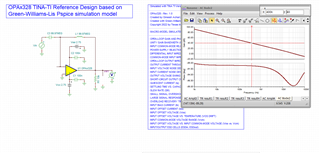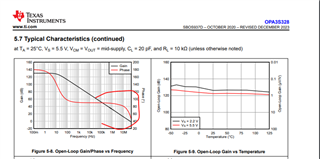Other Parts Discussed in Thread: OPA328
Hi TI
In the signal chain (PFA), we're dealing with relatively higher voltages (15 to 20 volts). We're exploring its interaction/coupling with OPA3S328 low noise amplifier where a resistive load is pulled to 15V on one side and other side is connected to the inverting terminal of the amplifier (supposedly pulled to 3.3V as per the virtual ground).
Could you provide insight into the stable/reliable functioning of this configuration? Should we consider seeking an equivalent part for this setup?
Thanks
Deep




